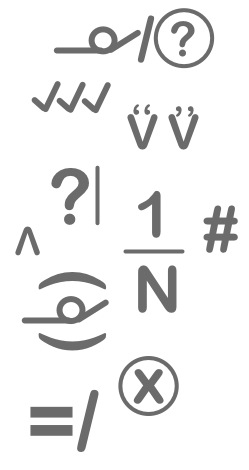 On an automobile assembly line, you wouldn’t wait until after you’ve installed all the interior paneling and trim to put in the side windows. When it comes to editing your reports, white papers, instruction manuals, and other important documents, are you doing the equivalent?
On an automobile assembly line, you wouldn’t wait until after you’ve installed all the interior paneling and trim to put in the side windows. When it comes to editing your reports, white papers, instruction manuals, and other important documents, are you doing the equivalent?
Freelance editors are used to talking with potential clients who think that proofreading a document means giving it a thorough syntactic overhaul, and that copyediting covers the writing and insertion of a whole new section of text. Most of us are not averse to taking on projects that cross definitional boundaries, but we do try to make sure the client understands the differences.
“Who cares?” some will interrupt. “Editing is editing, right?”
Honestly, no.
Editors define the types of editing differently not because we’re trying to be split hairs but because we understand that each one should be performed at its own particular stage of the document preparation process — putting the windows in while you’re still assembling the doors, so to speak. Performing the wrong kind of editing at the wrong stage in the production process can derail the whole process.
Use this editing sequence to keep your document assembly line moving.

 Successful proposals demonstrate your skills and capabilities to prospective clients. But superior proposals convey more than just facts and figures — they also demonstrate that you are listening to them.
Successful proposals demonstrate your skills and capabilities to prospective clients. But superior proposals convey more than just facts and figures — they also demonstrate that you are listening to them. This morning I received an e-mail with the subject line “Job on Computer in July,” from an unfamiliar name. I’m used to receiving cold-call e-mails from prospective clients, so I opened it up and took a look:
This morning I received an e-mail with the subject line “Job on Computer in July,” from an unfamiliar name. I’m used to receiving cold-call e-mails from prospective clients, so I opened it up and took a look: